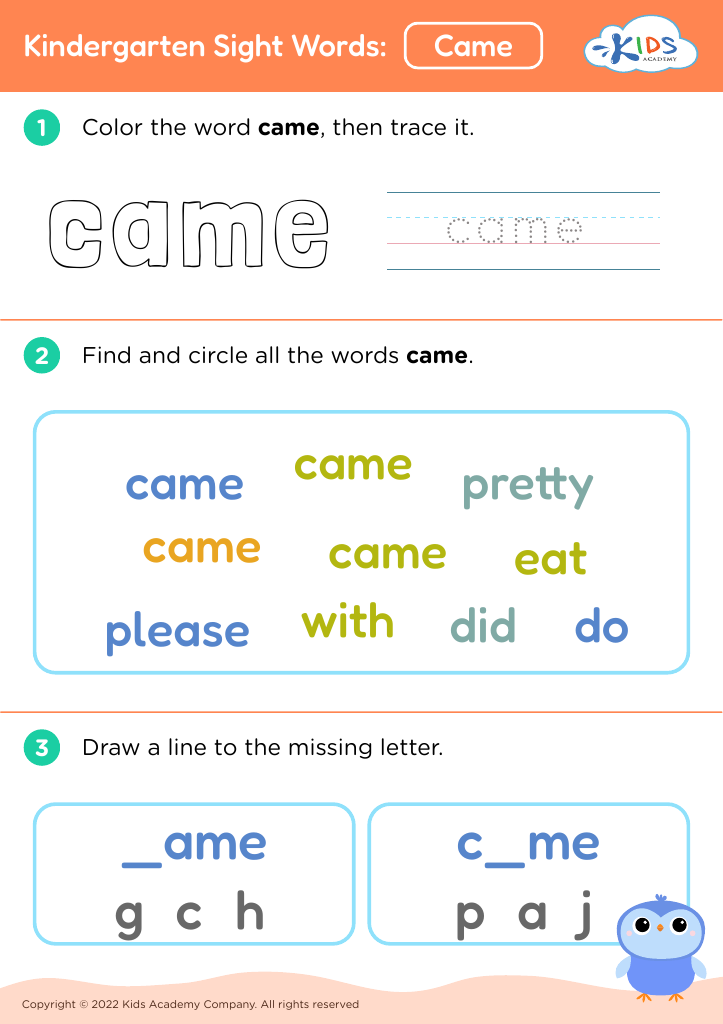Visual interpretation Reading Worksheets for Ages 3-7
6 filtered results
-
From - To
Enhance early literacy skills with our Visual Interpretation Reading Worksheets designed specifically for children aged 3-7. These engaging activities encourage young learners to connect images with stories, fostering critical thinking and comprehension abilities. Each worksheet provides delightful visuals that captivate children’s attention while prompting them to interpret and express their thoughts. Perfect for at-home learning or classroom use, our worksheets help develop vocabulary, narrative skills, and creativity in a fun and interactive way. Equip your child with essential reading skills early on by exploring our diverse collection of visual interpretation activities today! Start their reading journey on the right path!
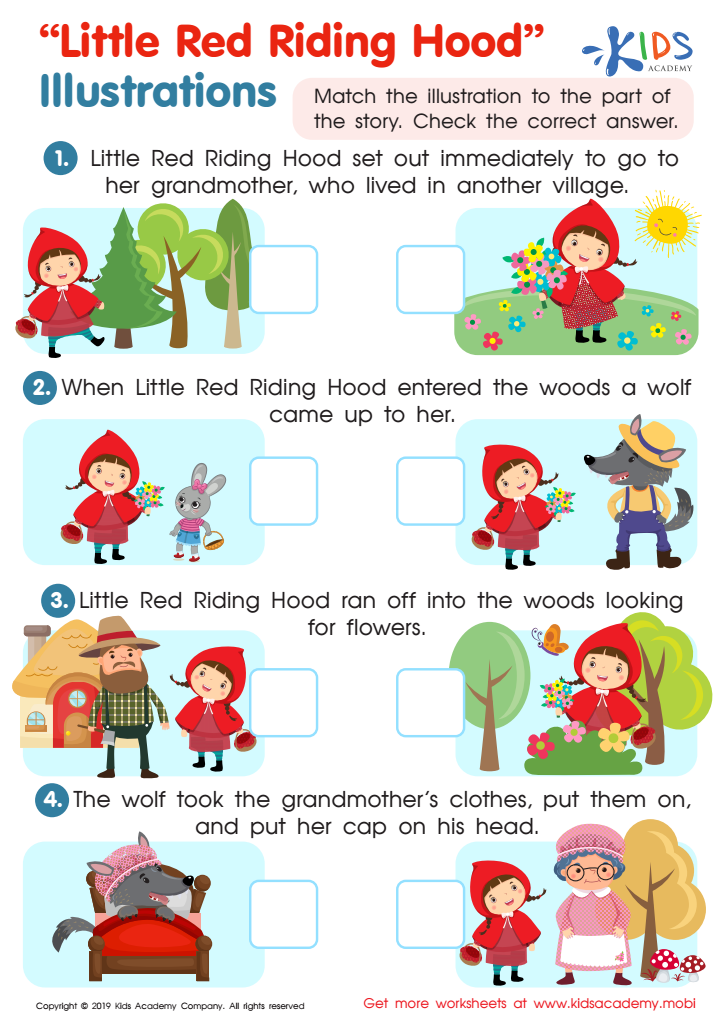

Little Red Riding Hood: Illustrations Worksheet
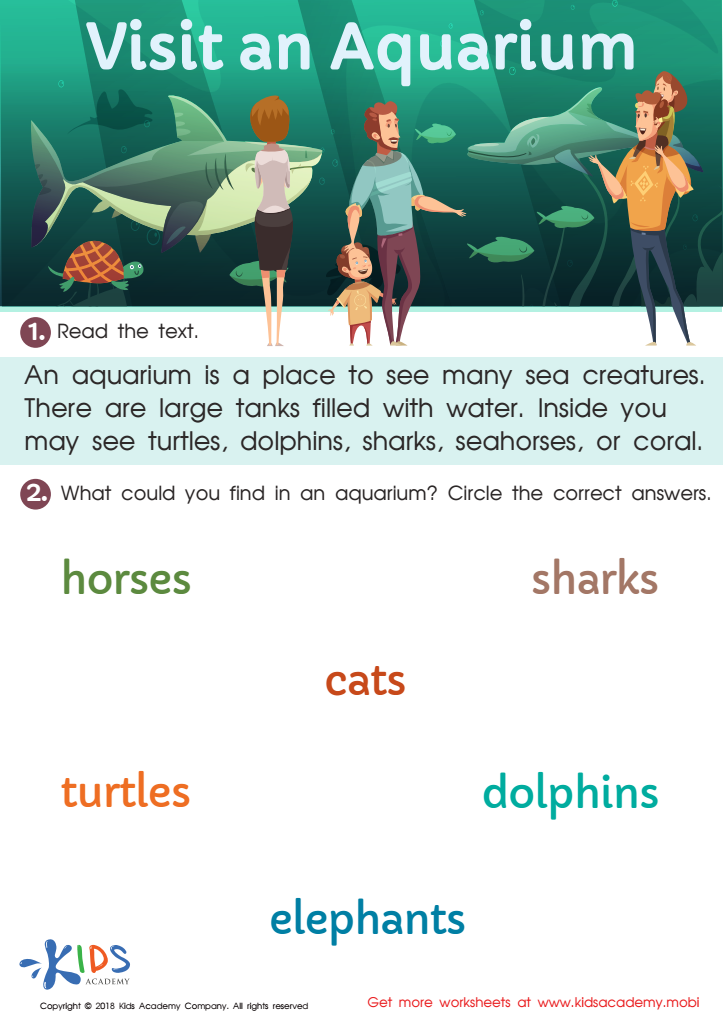

Visit an Aquarium Worksheet
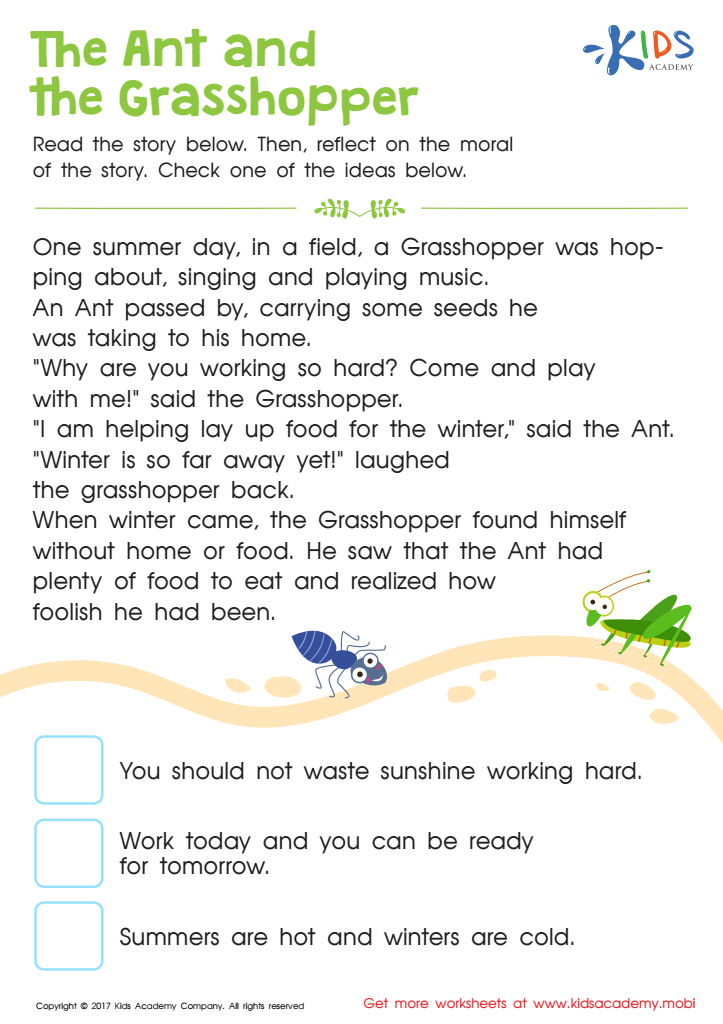

The Ant and The Grasshopper Printable
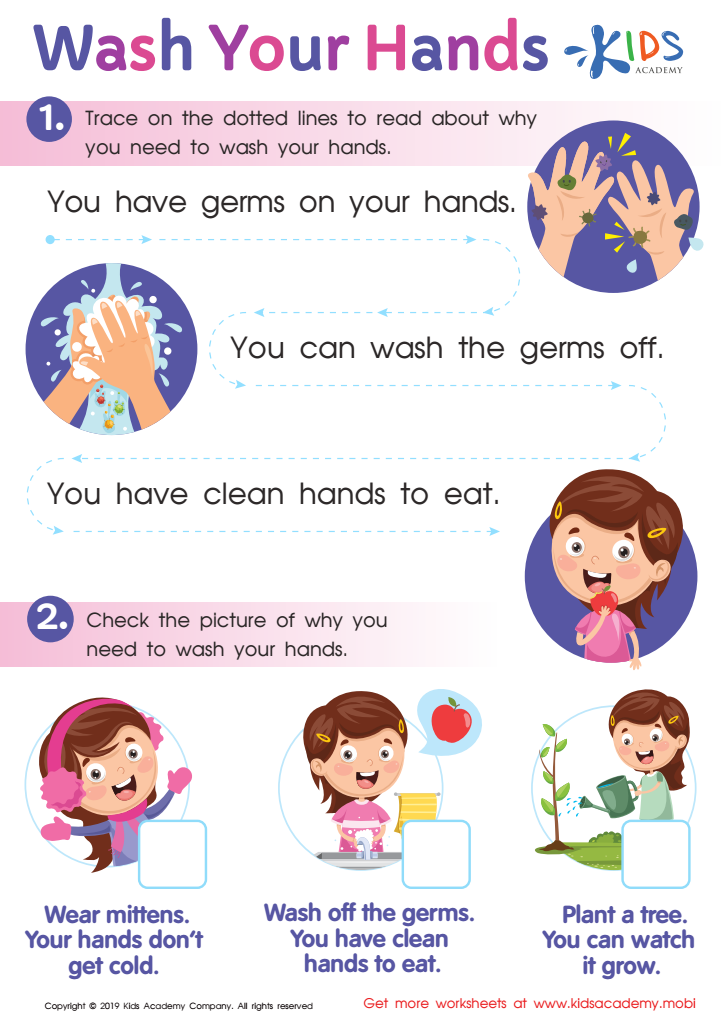

Wash Your Hands Worksheet
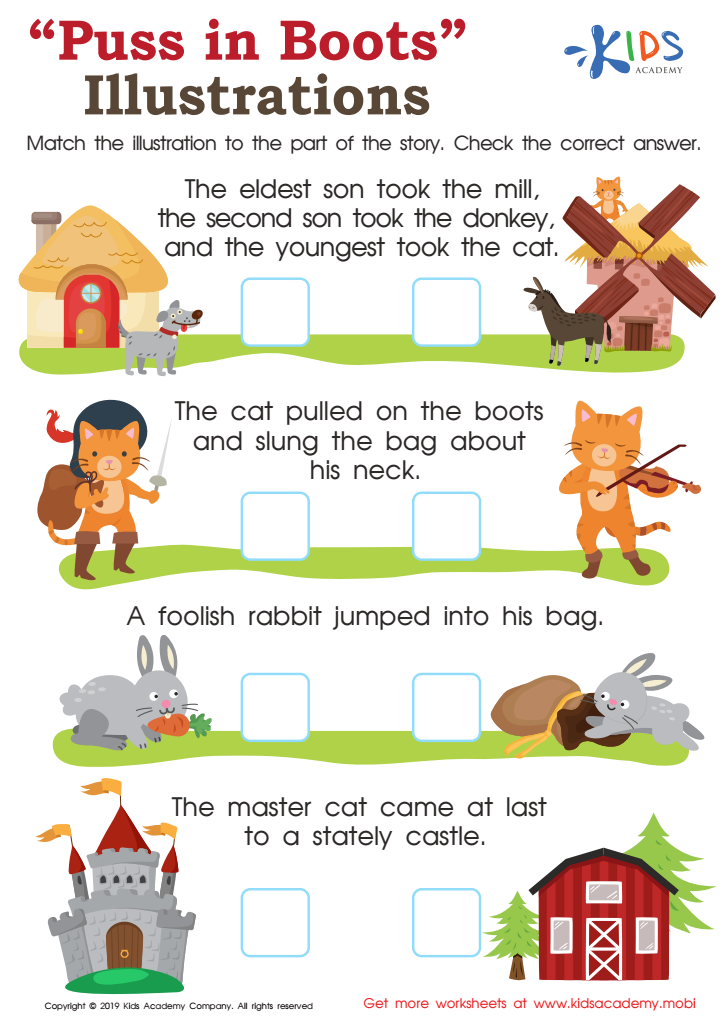

Puss in Boots Illustrations Worksheet
Visual interpretation reading is crucial for children aged 3 to 7 as it fosters essential skills that underpin their overall literacy development. During these formative years, children begin to make connections between visuals and text, enhancing their understanding and engagement with stories. When parents and teachers prioritize visual interpretation, they help children learn to analyze pictures, recognize emotions, and infer meaning, which bolsters comprehension.
Moreover, visual literacy contributes to creativity and critical thinking. When children interpret images, they develop the ability to discern different perspectives, understand context, and think analytically, all of which are vital skills in our image-driven world. This ability also encourages verbal expression; children often use pictures to narrate stories, allowing them to practice language skills in a supportive environment.
Additionally, exposure to visual interpretation can aid children who struggle with traditional reading methods. By incorporating images, parents and teachers can create a multi-sensory learning experience that supports diverse learning styles. Ultimately, engaging children in visual interpretation enhances their love for reading, builds confidence, and motivates them to explore texts independently, setting a strong foundation for lifelong literacy habits.
 Assign to My Students
Assign to My Students


